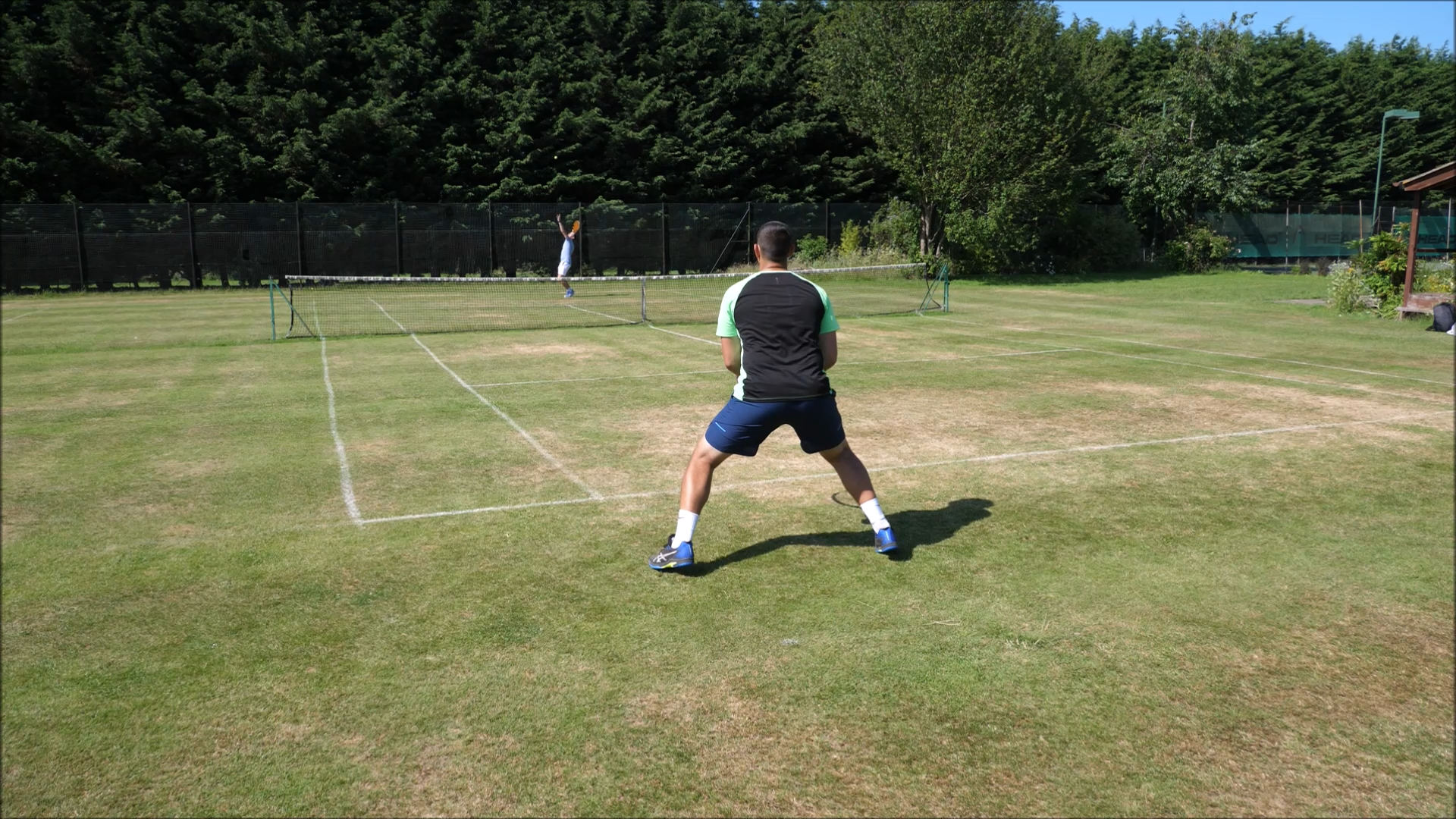Tennis Singles Guide
Some people play tennis for exercise, others to socialise, but many play to win! If you love winning, then you’re in the right spot. In singles, there are many tactics and strategies to win matches. Exposing the weaker side, forcing your opponent to run or dictating with your serve are just a few ways to win. Inside our FREE tactics guide, you’ll learn the most effective ways to win tennis matches.
The Must-Knows of Tennis Matches
Before you can fully understand how to use the various tennis tactics and strategies, it’s important that you understand the foundations of singles matchplay. We can break it down into these five areas:- Your Game
- The Opponent’s Game
- The Conditions
- The Score
- What’s On The Line
Your Game
To properly execute a certain tactic or strategy, it’s vital that you know your game. This means you understand what you can and cannot do on the match court. For example, you may come across the tactic of taking the ball on the rise. Exactly what Novak Djokovic likes to do. By taking the ball on the rise, you are taking time away from your opponent. However, not everyone can use this tactic successfully. For example, someone who uses big backswings may struggle with this specific tactic. Instead of helping the player win the match, it can make them lose the match. They’ll struggle with timing, they’ll struggle with making contact out in front of their body and they’ll struggle with hitting the ball on the sweet spot of the tennis racket. This is a good example of someone who doesn’t understand the limitations of their game. On the flip side of that, you may see an older player who knows they cannot produce heavy topspin, slicing a lot. They know that they can force errors out of their opponents simply by keeping the ball low. That style of player may also be very good at attacking the net to finish off points.Your Strengths
What exactly are you good at when it comes to constructing points? Do you have an excellent forehand but a mediocre backhand? In that case, you may excel as a player who controls points using the run around forehand, also known as an inside-in and inside-out forehand. Or are you a big server but not so good at moving? These style of players may benefit from being serve and volley players, or aggressive power players. There’s no point in a big server trying to perfect the grinder or pusher style. That’s why it’s fundamental that you understand your strengths and how best to use them.
Your Weaknesses
Along with the importance of knowing your strengths, it’s equally as important to know your weaknesses on the match court. Do you have a weak second serve? you may benefit from being more of a conservative server in that case. Making sure you keep your first serve percentage high so that you don’t rely on the second serve. If you’re someone who struggles to create power, there is no point in trying to force winners. Going for massive forehands won’t suit your game and will simply cost you with a ton of unforced errors. Download Our Free Tactics Guide HereYour Opponents Game
Having a good understanding of your own game will allow you to know your limits. However, knowing your opponent’s strengths and weaknesses will allow you to build a gameplan to defeat them.Opponents Strengths
If you’ve played an opponent before, you should know what their strengths are. However, if you are playing someone for the first time, you should work out their strengths in the first few games. Even in the warm-up, you’ll see what they do well. It may be a particular serve that stands out, a good slice serve for instance. The quicker you work out their strengths, the quicker you can make a plan to avoid them. Let’s assume they have a really good slice serve out wide on the deuce side. In order to reduce the effectiveness of that serve, you may change your return position and stand wider into the doubles alley.Opponents Weaknesses
During the warm-up and first few games, you should also get a clearer picture of what their weaknesses are. A good way to find out what they’re not so good at is to test them. In the opening stages of a match, give them some high balls to both their forehand and backhand, some low balls to both sides and get them hitting on the run. You could also use all your various serves and see what returns they struggle with. Another good way to root out a weakness is to put pressure on a particular shot. They may hit their backhand well when they have time, but hit an approach shot to that side and you may find they struggle due to the pressure of hitting a passing shot. Roger Federer is one of the best players in the world at exposing different opponents.
Against a big-serving opponent like Isner, he’ll often chip his returns low so that the tall Isner has to get out off his service motion and then get down low to pick up the return.
Against a fast opponent, Federer will use the back behind strategy often to wrong-foot them.
Nothing will give you a better chance of winning tennis matches more so than finding weaknesses in your opponents.
Roger Federer is one of the best players in the world at exposing different opponents.
Against a big-serving opponent like Isner, he’ll often chip his returns low so that the tall Isner has to get out off his service motion and then get down low to pick up the return.
Against a fast opponent, Federer will use the back behind strategy often to wrong-foot them.
Nothing will give you a better chance of winning tennis matches more so than finding weaknesses in your opponents. 
